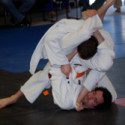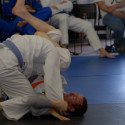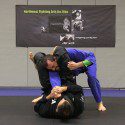
Now that we have covered a majority of basic locking techniques, it’s time to cover submission or choke holds. In Brazilian Jiu Jitsu, there are many varied techniques to this, but there are two main categories of holds to be explored. They are each named for the type of essential choking they do, which are… Read more »










